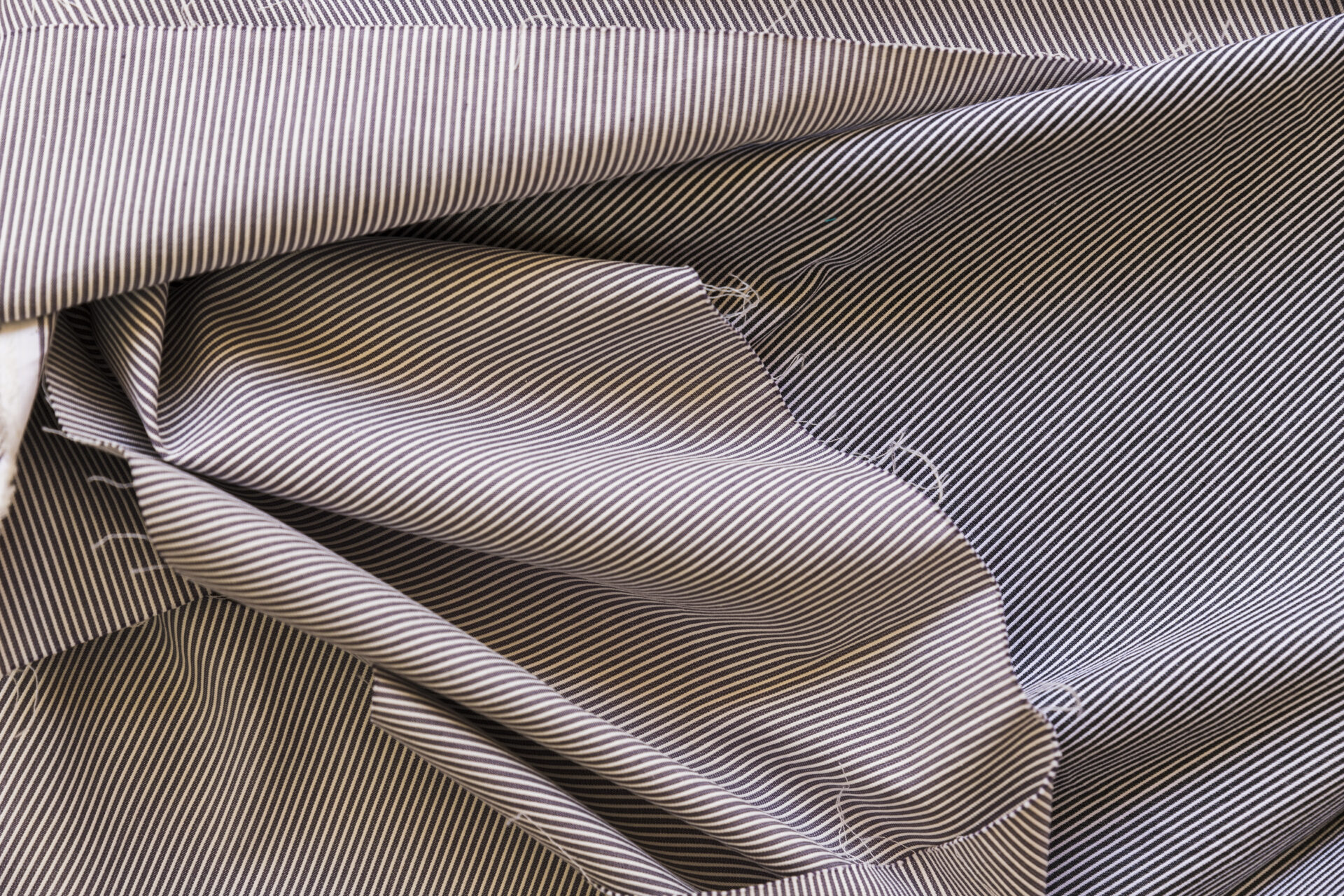Flame retardant. Wrinkle-free. Stain-resistant. The ‘non-stick’ version of clothing—quite literally. A few years ago, all hell broke loose, when studies found that Teflon, that magic non-stick coating in our cooking pans, was, in fact, cancer-causing. Teflon was made from a group of chemicals calls Per- and Polyfluoroalkyl Substances (PFAS). It is chemicals from this very group that are used to give your clothes all of these finishes.
There more than 9000 known PFAS, the most common being Perfluorooctanoic Acid (PFOA) and Perfluorooctane Sulfonate (PFOS). Although, PFOA and PFOS have now mostly been phased out, they continue to live in the environment and in our bodies, too. Ironically, they’ve been replaced with other PFAS, and not safer chemicals, really. No wonder then, PFAS have been given the epithets ‘Everywhere Chemicals’ and ‘Forever Chemicals’. They’re literally everywhere, and they’re here to stay!

How PFAS got popular
The short answer: They make everything convenient. Who wouldn’t want a pair of pants that doesn’t need ironing. Or that loses any kind of stain in a jiffy. Or won’t fade if hung out to dry in the sun and forgotten about. Just like a frying pan that doesn’t need lots of oil or considered temperature moderation to keep your eggs from sticking!
PFAS have been around since the 1940s, and have been popular in fabric and leather coatings, cleaning products, spray-on fabric protectors, waterproof makeup and firefighting foams. And because they’ve been so efficient at what they’ve been purported to do, they’ve only been getting more popular over the decades.

Why we need to stop using PFAS
PFAS have the unique ability to bioaccumulate or build up in our bodies, even at the slightest exposure. They have been found in blood samples, breast milk and even umbilical cord blood. They’ve also been found in copious amounts in water bodies and in marine life. And while they’re building up as quickly as they are, they aren’t going anywhere, because they don’t disintegrate half as easily as they accumulate.
PFAS have been found to be endocrine (hormonal) disruptors. They enter our hormonal system and interfere with our bodily functions, leading to reproductive issues, liver and thyroid problems and an in increased risk of birth defects. They have also been linked with kidney and testicular cancer, cholesterol issues and suppressed immunity. They’ve even been found to lower the efficacy of vaccines and certain drugs.

What are we to do
While the conversation around PFAS is gathering momentum, and manufacturers are looking at alternatives, most of them are simply less ‘forever’ versions of the original PFAS used. But here are a couple of things we, as consumers can be more alert about:
- Read your clothing labels carefully. Avoid anything that claims properties, such as wrinkle-free’, which are not inherent to fabrics.
- Avoid using stain-repellent sprays on your upholstery.
- Look for ‘perfluor’, ‘polyfluor’ and PTFE on the labels of your cleaning products.
- Avoid buying makeup that claims to be ‘long-lasting’ or ‘waterproof’.






